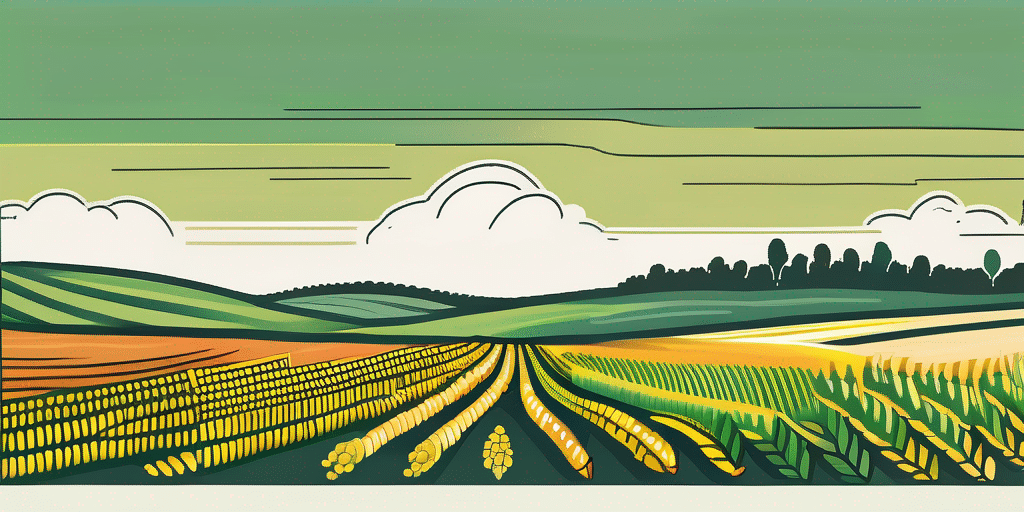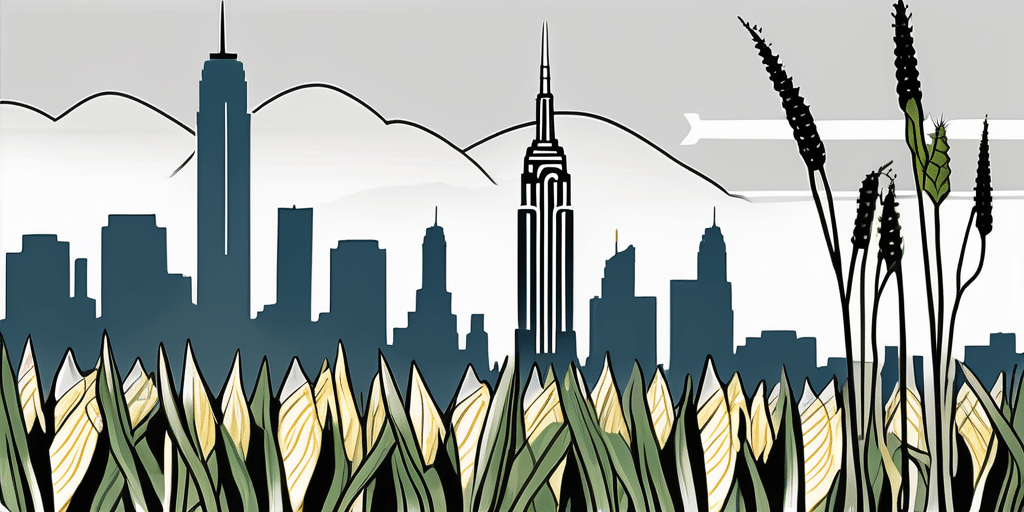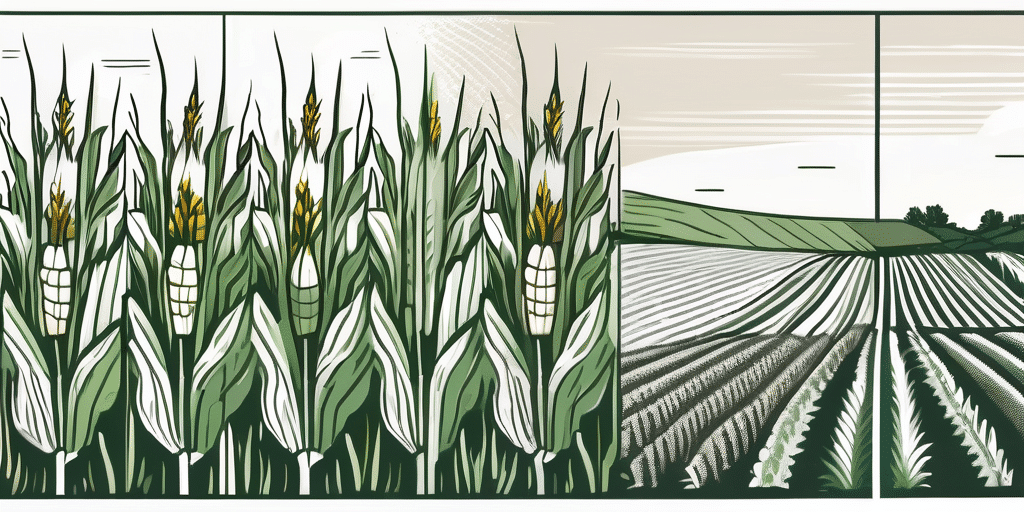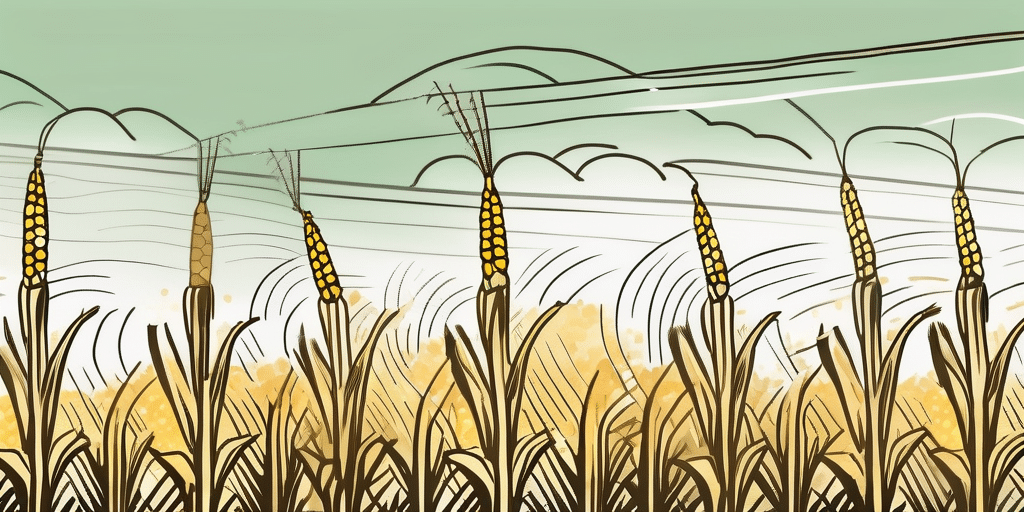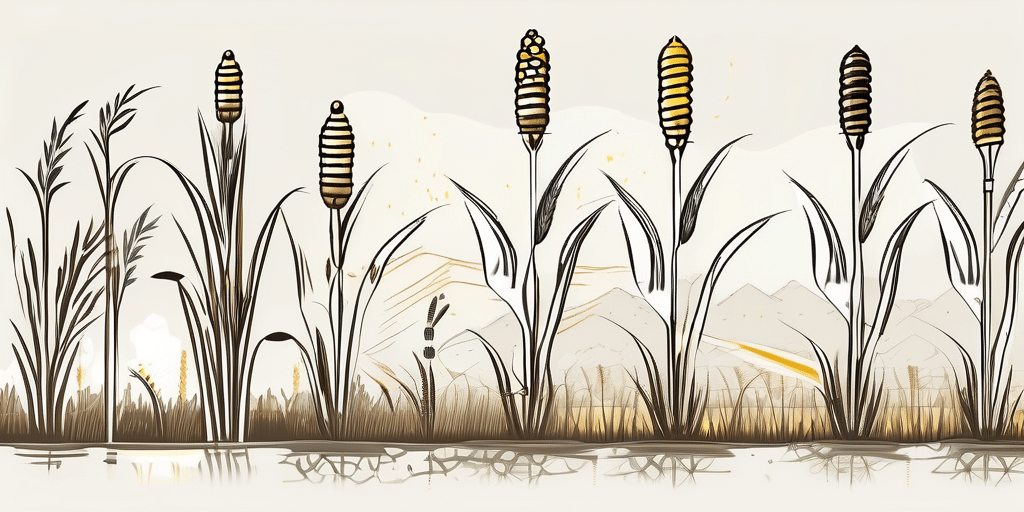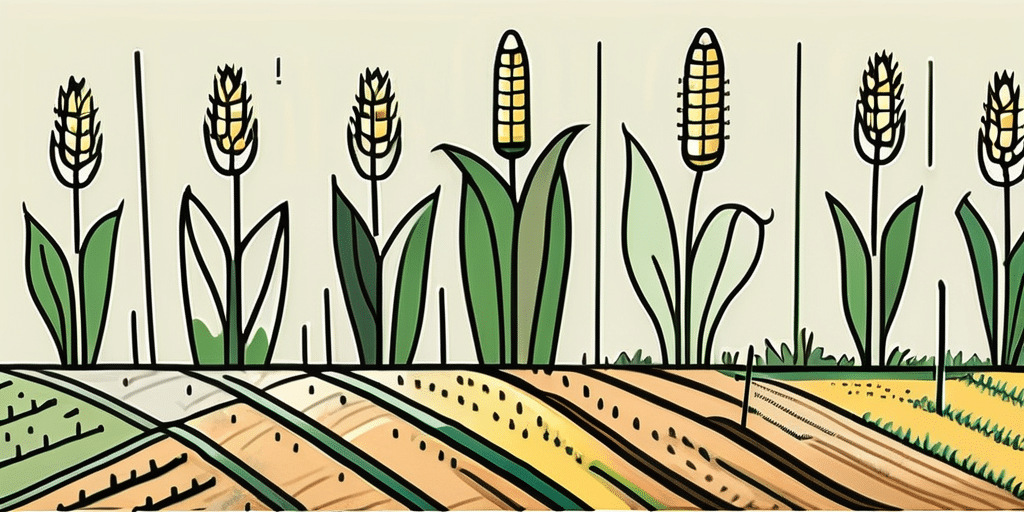If you’re a Delaware resident and thinking about growing your own corn, you’re in luck! Corn is a staple of the local agriculture scene, and with the right knowledge and preparation, you can enjoy a bountiful harvest right in your own backyard. In this article, we’ll explore everything you need to know about growing corn in Delaware, including when to plant, the best corn varieties for the region, and how to care for your crop. Let’s dive in!
Best Corn Varieties for Delaware
Before you start planting your corn, it’s important to choose the right variety for Delaware’s climate and soil conditions. Here are a few top picks that have proven to perform well in the region:
- Golden Bantam: This heirloom variety has been a favorite among Delaware farmers for decades. It offers a deliciously sweet flavor and matures fairly quickly.
- Bi-color varieties: Varieties such as Ambrosia and Peaches and Cream are known for their beautiful mix of yellow and white kernels. These sweet corn varieties are popular among home gardeners.
- Delicious 112: Developed specifically for the mid-Atlantic region, this variety is disease-resistant and offers excellent flavor.
When selecting corn varieties for your Delaware garden, it’s essential to consider factors like soil quality, sunlight exposure, and average temperatures. Golden Bantam, with its rich history and reliable performance, is a great choice for Delaware’s fertile soils and moderate climate. Its early maturity makes it a favorite for farmers looking to harvest their corn sooner rather than later.
Bi-color varieties like Ambrosia and Peaches and Cream not only add visual appeal to your garden but also provide a delightful mix of flavors. Their sweet and tender kernels are a hit at local farmers’ markets and backyard barbecues alike. These varieties thrive in Delaware’s warm summers and benefit from well-drained soil.
Climate & Hardiness Zones in Delaware
The climate in Delaware can be classified as humid subtropical, with hot summers and mild to cool winters. The state falls within USDA Hardiness Zones 7a to 7b. It’s important to consider these factors when planning your corn planting schedule.
Delaware’s location along the Atlantic coast influences its climate, with the state experiencing milder temperatures compared to inland areas. The proximity to the ocean moderates extreme temperature fluctuations, creating a more temperate environment for agriculture. This coastal influence also brings higher humidity levels, which can impact crop growth and disease susceptibility.
In addition to the climate and hardiness zones, Delaware’s diverse soil types play a crucial role in agriculture. The state is known for its fertile soils, including sandy loam in the coastal regions and clay loam in the piedmont areas. Understanding the soil composition of your planting site is essential for optimizing crop yield and nutrient uptake. Farmers in Delaware often conduct soil tests to determine pH levels, nutrient content, and drainage capacity to make informed decisions about fertilization and irrigation practices.
When to Plant Corn in Delaware
Timing is crucial when it comes to planting corn in Delaware. The goal is to plant the seeds when the soil temperature has reached a minimum of 50°F (10°C). This usually occurs in late April or early May, depending on the specific location within the state and the year’s weather patterns.
Here are a few tips for determining the optimal planting time:
- Keep an eye on the soil temperature: Invest in a soil thermometer or use a digital weather tool to monitor the temperature.
- Consider the average frost dates: These typically range from mid-March in the southern part of the state to early May in the northern regions.
- Check with your local cooperative extension office: They can provide valuable insights and specific recommendations based on your location within Delaware.
Delaware’s climate plays a significant role in determining the best time to plant corn. With its moderate climate, Delaware experiences four distinct seasons, including hot summers and cold winters. The state’s location along the Atlantic coast also influences its weather patterns, with the ocean acting as a moderating force.
In addition to monitoring soil temperature, farmers in Delaware often consider the moisture content of the soil before planting corn. Adequate soil moisture is essential for seed germination and early plant growth. Factors such as precipitation levels and irrigation practices can impact soil moisture, so it’s crucial for farmers to assess these conditions before planting.
When to Harvest or Pick Corn in Delaware
Once your corn plants have grown, it’s time to enjoy the fruits of your labor. The exact timing for harvesting corn depends on the variety you’ve chosen, as well as your personal preference for sweetness and tenderness. On average, corn is ready for harvest approximately 70 to 90 days after planting.
Here are a few signs that your corn is ready to be picked:
- Feel the kernels: Mature corn will have plump, well-developed kernels that feel firm and full when gently pressed.
- Look at the silks: The silks, those hair-like structures extending from the top of an ear of corn, should be dry and brown.
- Check the husks: As the corn matures, the husks will become darker in color and tightly wrapped around the ear.
For the best flavor, harvest your corn just before you’re ready to cook or eat it. Corn begins to lose its natural sugars as soon as it’s picked, so enjoy it as fresh as possible!
Delaware, known as the “Corn State,” has a rich history of corn cultivation. Corn has been a staple crop in Delaware for centuries, dating back to the Native American tribes who first cultivated the land. Today, Delaware continues to be a major producer of corn, with farmers carefully tending to their fields to ensure a bountiful harvest.
When harvesting corn in Delaware, it’s important to consider the local climate and soil conditions. Delaware’s moderate climate and fertile soil provide ideal growing conditions for corn, allowing farmers to produce high-quality crops year after year. By paying attention to weather patterns and soil health, Delaware farmers can optimize their corn harvests and contribute to the state’s agricultural legacy.
Frequently Asked Questions
Now that we’ve covered the basics of growing corn in Delaware, let’s address some common questions that may arise:
Q: Can I grow corn in containers?
A: While corn is typically grown in large fields, you can experiment with container gardening. However, keep in mind that corn is a heavy feeder and requires a lot of space and nutrients to grow successfully. Choose a large container, at least 18 inches in diameter, and provide ample soil and fertilizer.
Q: Are there any pests or diseases I should watch out for?
A: Corn can be susceptible to various pests and diseases, including corn borers, armyworms, and common rust. To prevent and manage these issues, practice good garden hygiene, such as removing plant debris and rotating your crops. Additionally, consider using organic pest control methods and consult with your local extension office for specific recommendations.
Q: How much water does corn need?
A: Corn requires consistent moisture, especially during the critical pollination stage. Aim to provide at least 1 inch of water per week, either through rainfall or irrigation. Ensure the soil is well-drained to avoid waterlogging, which can lead to root rot.
With the right preparation, care, and a little bit of luck, you can grow delicious corn right in your Delaware backyard. Remember to choose the best varieties for the region, plant at the right time, and keep an eye out for any potential issues. Now, get ready to enjoy the sweet taste of success at your next summer cookout!
Join How to Grow Everything for More Gardening Success!
Ready to take your Delaware corn-growing journey to the next level? Subscribe for free to How to Grow Everything and learn how to build the garden of your dreams! Receive personalized gardening advice tailored to your location, grow zone, and experience level. Our family is dedicated to helping you grow with the best gardening tips, special offers, and deals delivered straight to your inbox. No spam, no tricks—just valuable information to help your garden thrive. 100% free. Subscribe now and be part of a community passionate about gardening!

